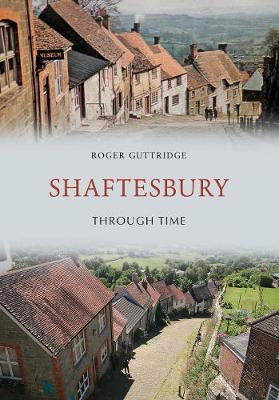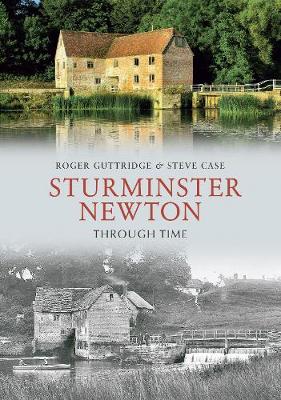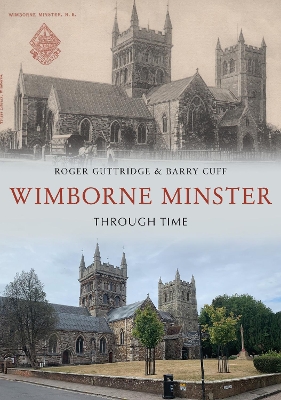Through Time
3 total works
The Dorset town of Shaftesbury is beautifully sited on a hill overlooking the Blackmore Vale, on the edge of Cranborne Chase. The town grew up around its abbey, which was founded in c. 888 by King Alfred and became one of the richest religious establishments in the country, before being destroyed during the Dissolution of the Monasteries in 1539. Next to the abbey site is Gold Hill, the steep cobbled street made famous in the 1970s as the setting for Ridley Scott’s television advertisement for Hovis bread.
With the help of the Gold Hill Museum archive, author Roger Guttridge takes a fascinating look at how Shaftesbury’s streets, buildings and enterprises have changed over the years, highlighting what they meant to its citizens. There is something here to engage and delight all readers, from the serious to the casual.
With the help of the Gold Hill Museum archive, author Roger Guttridge takes a fascinating look at how Shaftesbury’s streets, buildings and enterprises have changed over the years, highlighting what they meant to its citizens. There is something here to engage and delight all readers, from the serious to the casual.
Sturminster Newton, known to the locals as 'Stur', is a traditional market town situated at the heart of Dorset's rural Blackmore Vale. It grew up on the banks of the River Stour to serve the agricultural community of the surrounding area and until recent years was famous for its livestock market and Milk Factory. It is also celebrated for its literary connections - the novelist Thomas Hardy and the dialect poets William Barnes and Robert Young all lived there. Join Roger Guttridge and Steve Case on this photographic journey through this beautiful part of Dorset. Using nearly 200 full colour images, they show just how Sturminster Newton has changed over time. It is essential reading for anyone who knows and loves the area, and is an important and intriguing insight into a typical English town.
Wimborne Minster is a market town in Dorset. The settlement grew up around its minster, from which it takes its name and which was originally an Anglo-Saxon foundation. The town is known for its large number of buildings from the fifteenth to the eighteenth centuries but today is being extended beyond its historic centre to accommodate new housing.
In spite of the many changes that have occurred in Wimborne the town has retained its identity and much of its historical buildings. This fascinating selection of old and new images of Wimborne will be essential reading for all those who know the town and the area.
In spite of the many changes that have occurred in Wimborne the town has retained its identity and much of its historical buildings. This fascinating selection of old and new images of Wimborne will be essential reading for all those who know the town and the area.


